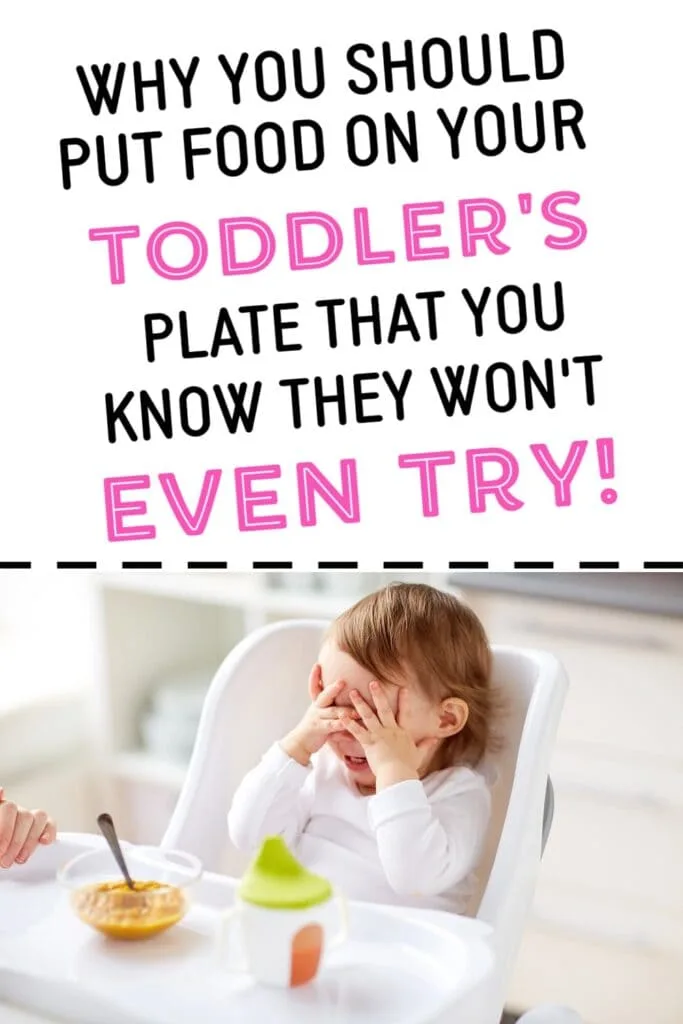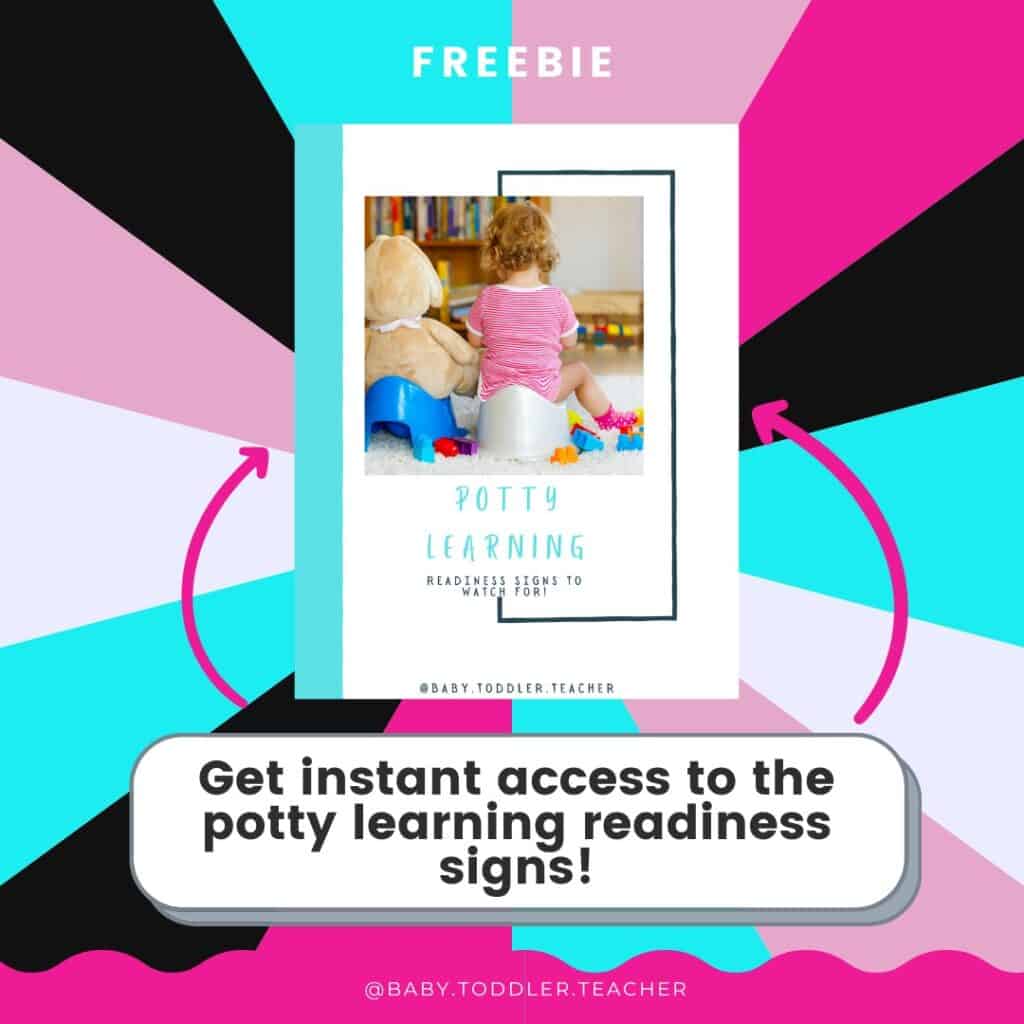Navigating your child’s eating habits can be a challenge.
However, when we find ourselves besieged by a selective eater, it’s easy to fall into the traps of concession or even defeat.
One of my steadfast strategies is placing those foods I know my children won’t eat on their plates, every time, and I’m perfectly at peace with it.
Why?
Allow me to guide you through my reasoning.

(This post may contain affiliate links. To read our full disclosure policy click here.)
The Theory of Exposure
The Numbers Game
One thing that I have heard over and over again through the years working in early intervention with various specialists is that 15-20 exposures to a new food are needed before a child will even attempt to taste it.
Yes, you read that right—fifteen to twenty.
This statistic alone asserts the importance of persistence.
The Why Behind the Number
Familiarity breeds acceptance in the world of tiny taste buds.
Now this does not mean I put a sky-high pile of broccoli on their plate, but instead a teeny tiny amount for them to get curious about.
Each exposure is a subtle nod from the parent to the child’s developing palate that says, “Hey, I see you’re too busy with peas and noodles right now, but there’s a fascinating world of squash here too.”

Parental Acceptance and Understanding
A Marathon, Not a Sprint
Every parent has fought the good fight at the dinner table.
Coaxing, bribing, and sometimes begging can consume the new menu item of the evening.
Yet, the core lesson here is not about “winning” at mealtimes—it’s about laying a foundation for adventurous eating that will last a lifetime.
It Starts with Us
We set the tone for their relationship with food.
Our attitudes, reactions, and words carry weight.
We do not want mealtimes to be a negative experience.
Stressing kiddos out by trying to get them to try new foods can make them not so excited for dinner time.
Keep it low-pressure!
If they are not interested in the new food on their plate…stay cool…maybe next time they will give it a nibble!
Childhood Development and Eating Habits
The Palate is a Growing Thing
Your child’s palate will change as they get older.
It’s important to understand that their taste preferences are not set in stone and will continue to evolve as they grow.
As a parent, it can be frustrating when your child suddenly decides they don’t like a food they used to love.
But this phase is very common and both of my children have gone through it.
It’s also common for children to imitate the eating habits of those around them, so if they see someone else turn their nose up at a certain food, they may do the same.
But don’t worry, there are ways you can help your child develop a diverse

Explore New Foods Outside of Meals
Exploring new foods doesn’t just have to happen at meal times.
It can also happen while at the grocery store, while meal prepping, or even while reading a book!
Taking your child to the store can be a great way to invite them into the process of making a meal.
Letting them make some choices can also get them curious about trying new things!
Should we get the red apples….or these green ones? I wonder what they taste like?
After the groceries are home think about some simple ways they can help with the prep.
Washing a new vegetable?
Mixing some ingredients?
There are lots of different ways we can include them.
Pair New with Old
Pairing foods that you know your child likes with new foods can be a great option because it gives them a sense of familiarity while also exposing them to something new.
For example, if your child loves pasta, try adding some vegetables or different types of meat into the dish.
This way they are still getting their favorite food but also trying something new at the same time!
Is ranch a favorite dip for their chicken nuggets?
What other foods could we try dipping in it?
Challenging the Norms
The ‘Clean Plate Club’ and Other Myths
Societal maxims around eating loom heavily.
The pressure to see an empty plate can be both symbolic and practical.
But a few leftover morsels is not a battlefield lost, it is part of the process of learning and growing.

A Relaxed Approach to Food
Feeding children should be adventurous, dynamic, and free from stress.
Our job isn’t to make them eat, but to make them want to eat—eventually.
Sometimes, that starts with just being okay with a rejected spoonful of casserole.
Related Posts You Will Enjoy
7 Strategies to Get Your Toddler to Try New Foods
Low-Pressure Ways to Introduce the Potty to Your Toddler
Why Toddlers Have Tantrums and How to Deal with Them


Kayla O’Neill has a master’s degree in education as well as a bachelor’s degree in special education with an emphasis in early childhood education. She has been working as a developmental therapist with babies and toddlers in early intervention since 2012. She is also a mom with two young children.